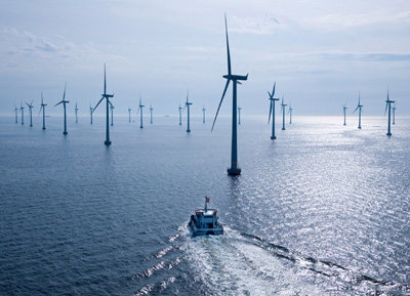WOBO recognises the work of the UK Government linked to offshore energy.

The UK Government has announced its intention to take an important step towards establishing a future generation of offshore connection hubs through the combination of offshore wind and electricity interconnectors, helping to reduce barriers to offshore wind development, bring down costs and minimise impacts on local communities.
The current approach to designing and building offshore transmission was developed when offshore wind was a nascent sector. It was designed to de-risk the delivery of offshore wind by leaving the project developers in control of building the associated transmission assets to bring the energy onshore. Each project had a separate cable route and associated onshore infrastructure, which has caused some local concern.
However, the government now feels that with an increased ambition to generate 50 GW of offshore wind by 2030, constructing individual point to point connections for each offshore wind farm may not provide the most efficient approach, and could become a major barrier to delivery given the considerable environmental and local impacts. The government has therefore decided to review the framework in the context of its increased ambition.
Published on 25 April as part of an official Government response, the Government has announced its intention to strengthen legal and regulatory clarity over the licensing of future Multi-Purpose Interconnectors (MPI). This will enable a clearer road map to integrating renewable wind energy onto the grid and potentially enable Britain to export excess cheap wind energy to neighbouring countries.
“We recognise that there is currently a growing impact on the coastal communities which host offshore wind infrastructure” said Energy Minister Greg Hands. “As we power up our plans to become more independent, with growing supply of clean energy, we need to minimise local impacts. With the potential for huge savings, multi-purpose interconnectors could ease offshore wind development, by establishing a future generation of offshore connection hubs. I look forward to working with independent regulator Ofgem, as we explore allowing clusters of offshore wind farms to connect all in one, and directly into electricity interconnectors which could also enable Britain to sell excess clean energy to other countries.” Read more….

